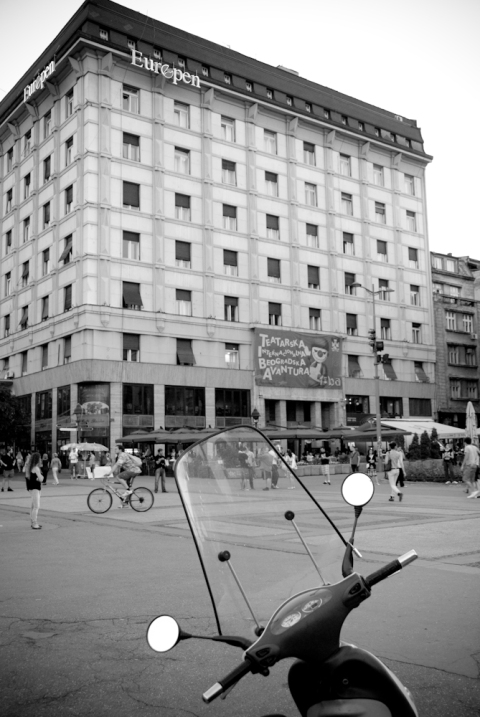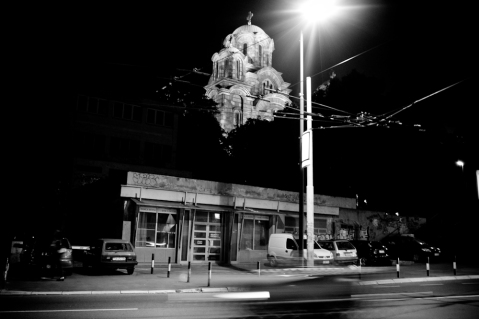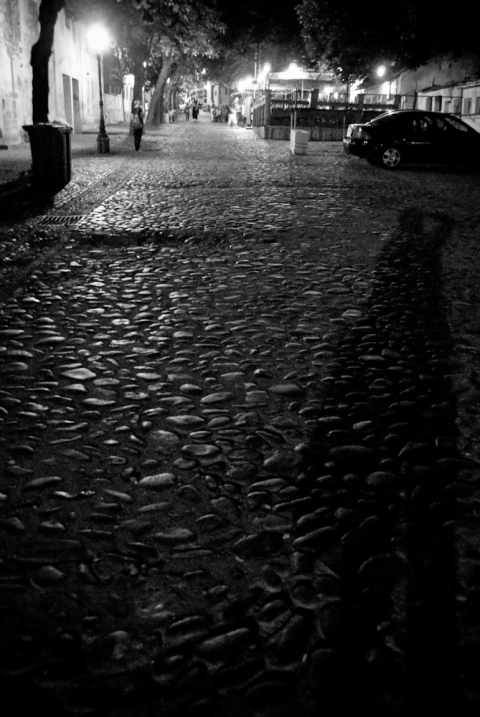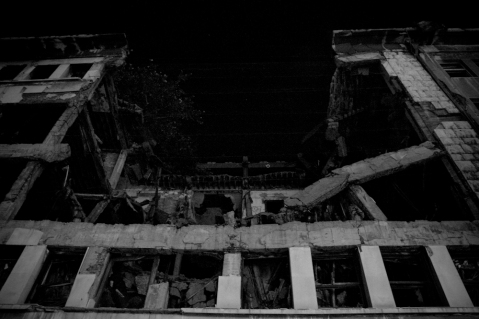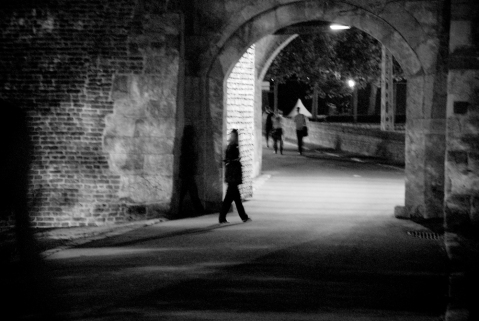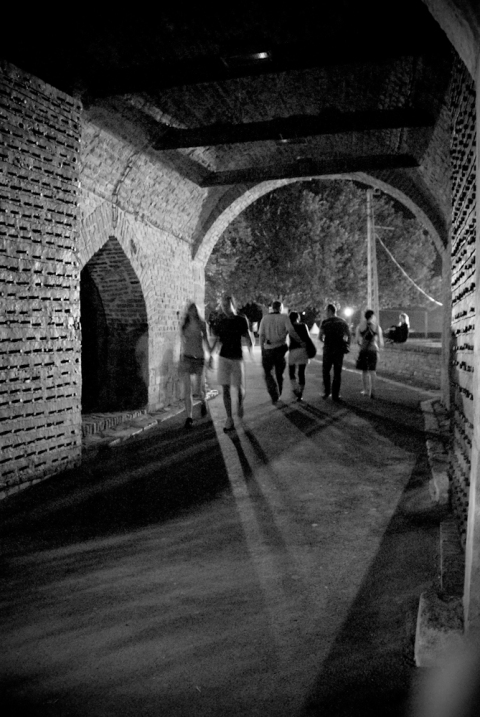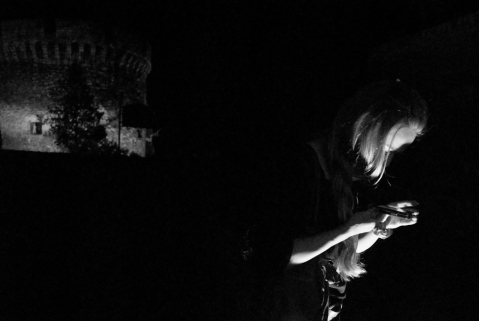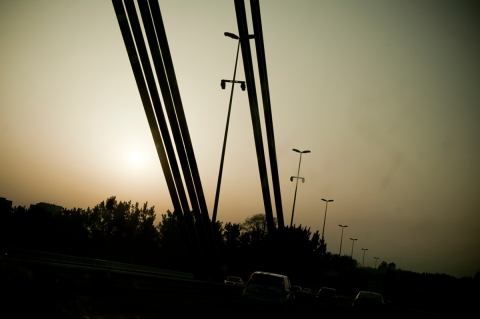Old school Europe.
August 25, 2010 § Leave a comment
My first impression of Eastern Europe was through the eyes of Belgrade. One never knows where she may land up, and the same goes for me in Belgrade. The three words that came to mind when I soaked the city in – old. school. europe. Fervently attempting to hang on to its identity – road signs in the cyrillic alphabet, menus restricted to Serbian in most places and people unwilling to speak in English even if they knew how. It’s not tough for one to get lost here. Of course, unless that’s what you’re looking for. Walking the streets of this quiet town, Belgrade can do well in isolating a newbie. For me however, walking the cobbled streets of Skadarlija or passing by the rows of dusty hatchbacks parked alongside run down apartments buildings away from the Trg Republik city square, made me feel like stuck in some sort of a time warp.
When I mentioned this romanticised notion to a Serbian friend of mine, she said – it’s this very idea of “old school Europe” that we’ve become tired of and hoping to break away from. The resignation was evident on that face. Ironic. One man’s meat is another man’s poison.
You still wore
the scars of 11 years past.
Amidst all that beauty
lay reminders
of shadows the war had cast.
Walking through the lanes of Beograd, one can see the stark signs of the NATO bombings that took place for close to 72 days starting March 1999. The buildings still lie there, torn down with gaping craters for the world to see. A city with a tumultuous recent history, is reminded everyday of the atrocities that took place here close to a decade ago. As we walked past these structures, I was given an account of what it felt like to live in Belgrade during those times. “We lived a few blocks away, for 72 days the floors shook every time a bomb blew up… and all we could do was lie low and wait for it all to be over”.

Kalemegdan
August 24, 2010 § Leave a comment
Conjectured to be as old as the city of Belgrade itself, Kalemegdan dates back to 535 AD when it was rebuilt by the Byzantines. It derives its name from from two turkish words – Kale meaning fortress and meydan meaning battleground.
Walking through the lanes of this massive structure, I could see that the charm of the fortress stands tall even today. Open till the wee hours of the night, there is an eerie calm that seemed to surround it at the midnight hour. As we made our way past it’s towers I couldn’t help but allow myself to soak in the various incidents that compile it’s almost unimaginable history. Vying for it’s ownership, the fortress’s masters varied from the Romans to the Bulgarians to the Byzantines to the Ottomans to finally the Serbs in 1867. Apparently, as the legend goes, Atilla the Hun’s grave lies under the fortress where the river Sava meets the river Danube.
The mood we were in was a contemplative one. We allowed the darkness to take over our imaginations as we circled it’s walls losing ourselves at some point to the scenes that unfolded before us, as if in conversation with the shadows.
On the road, again.
August 24, 2010 § Leave a comment
